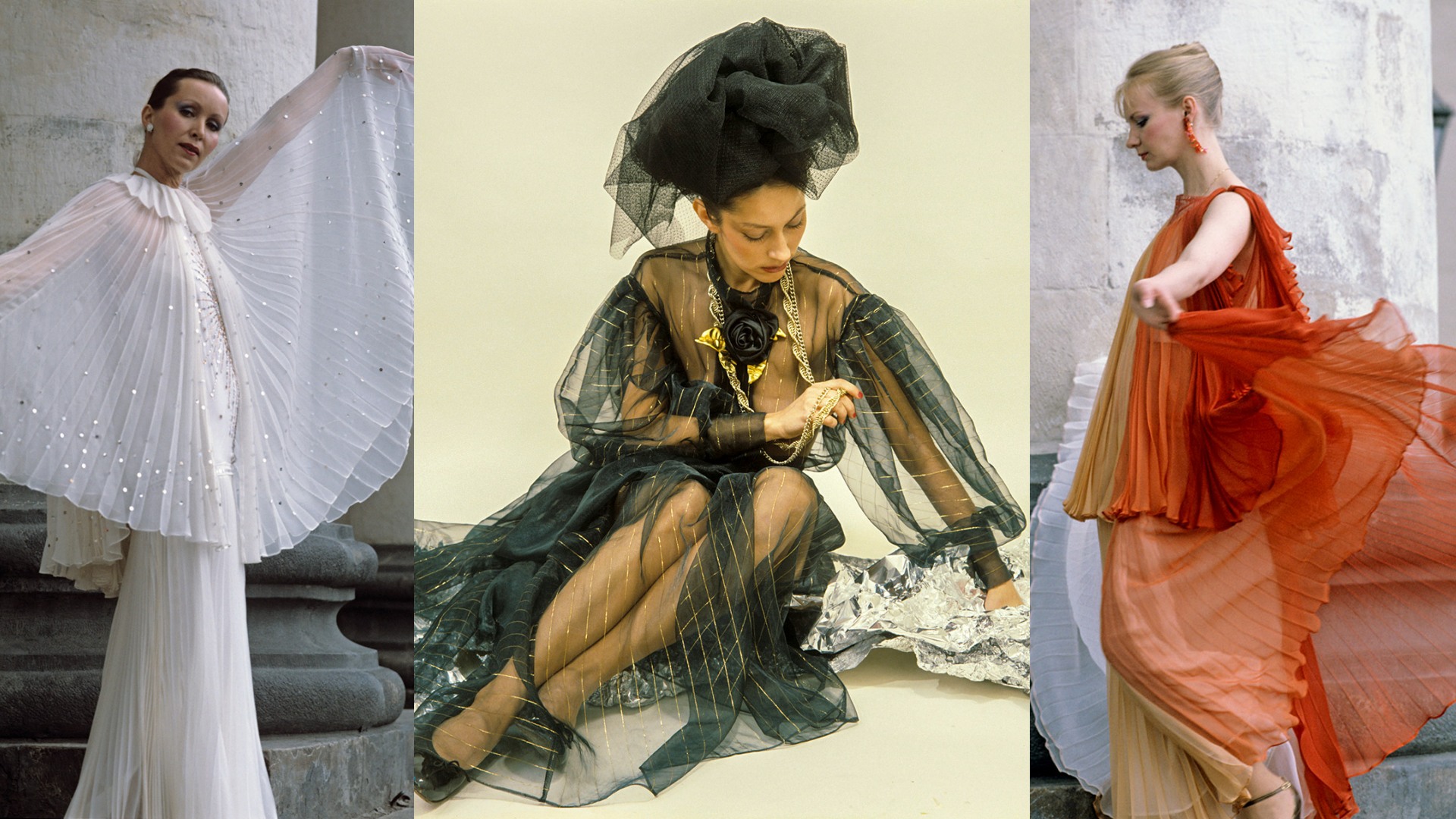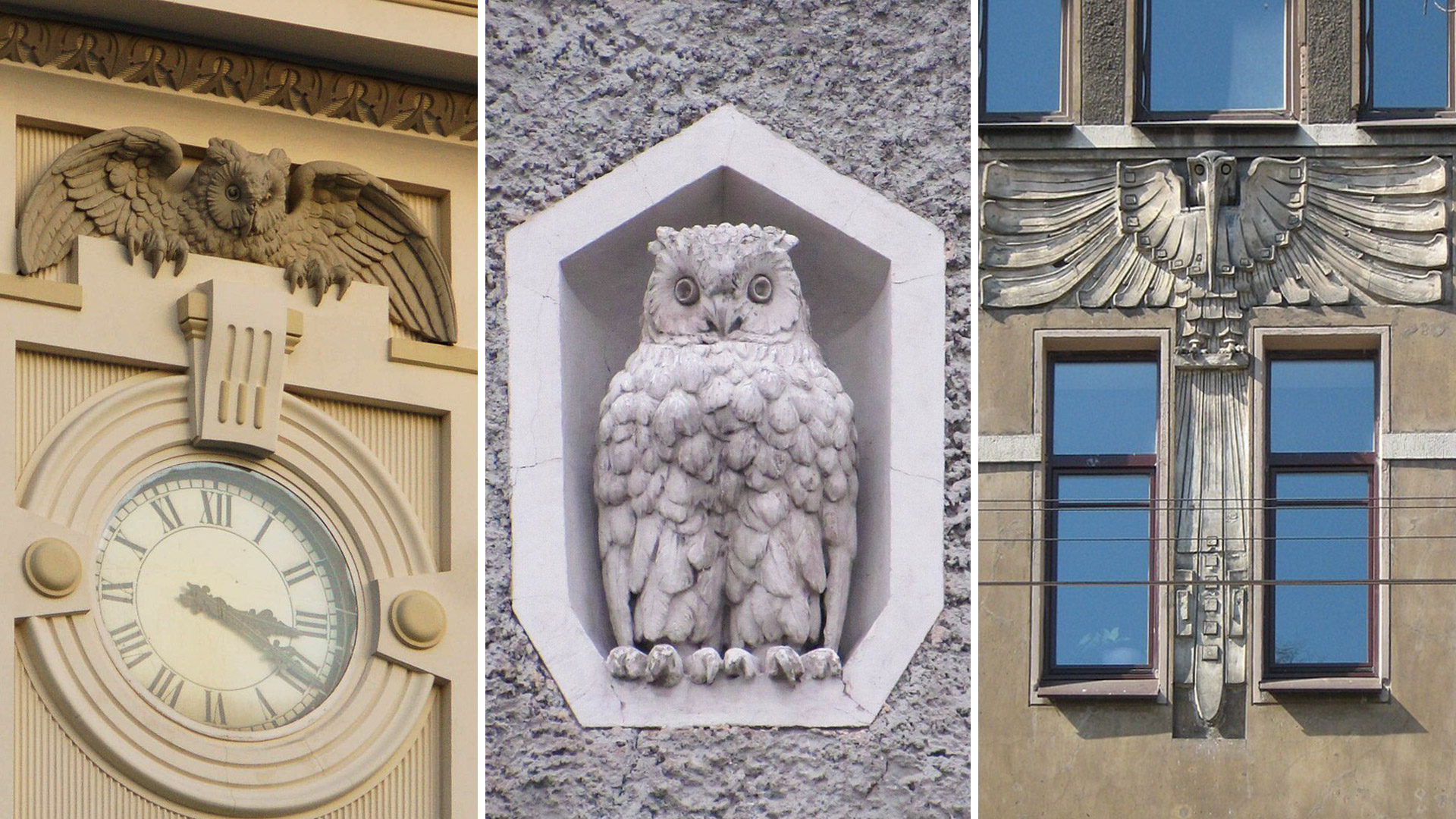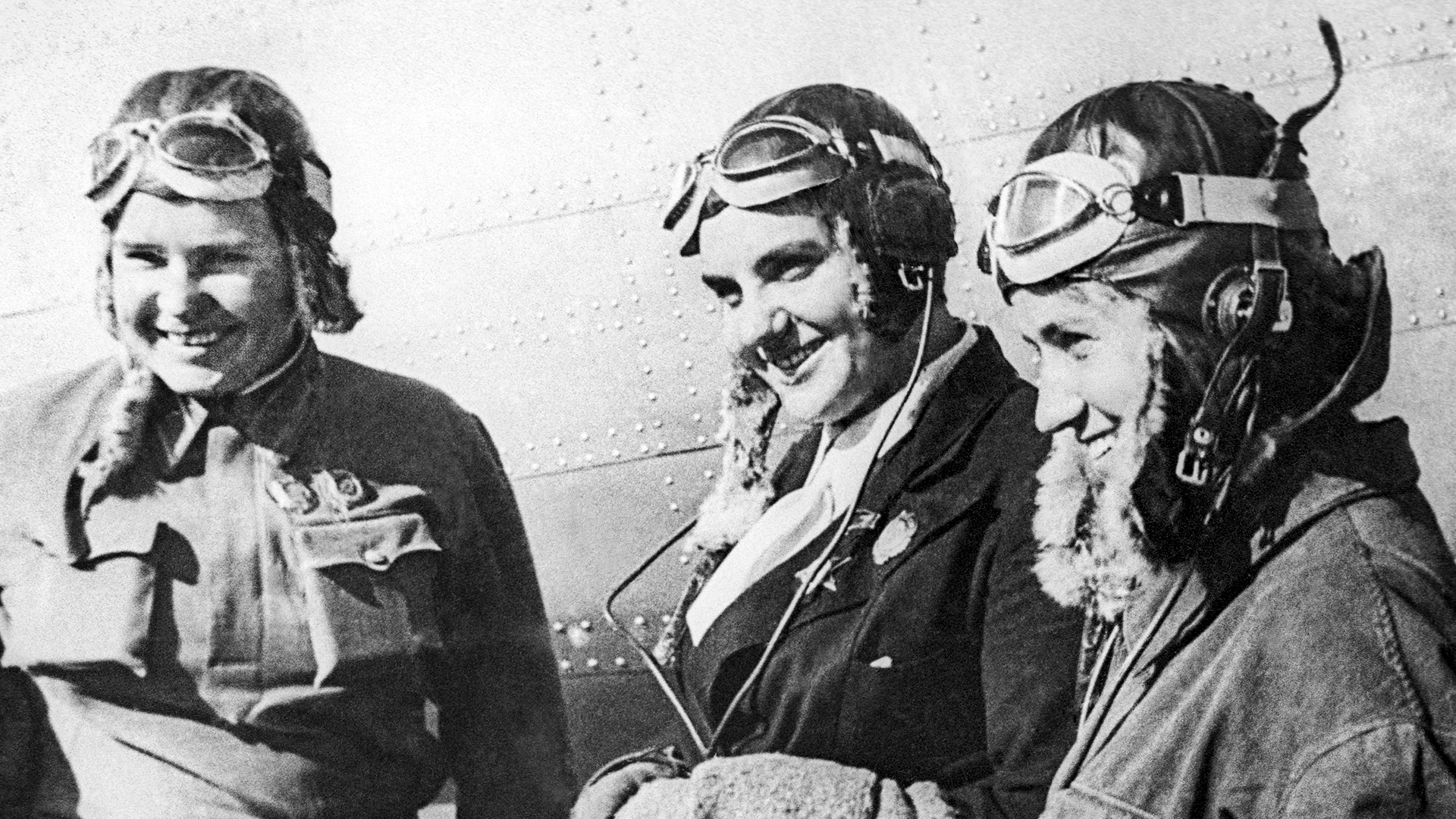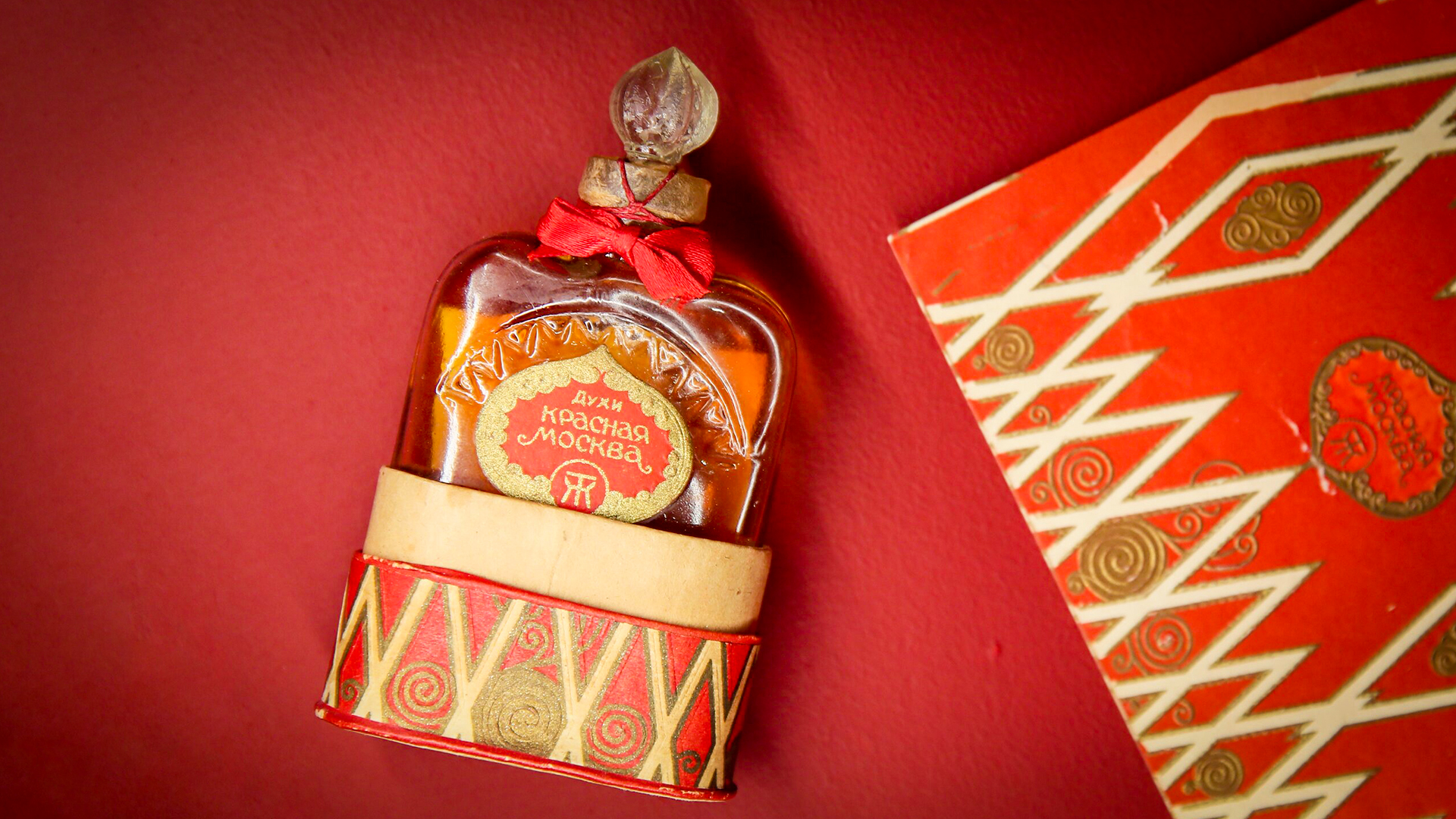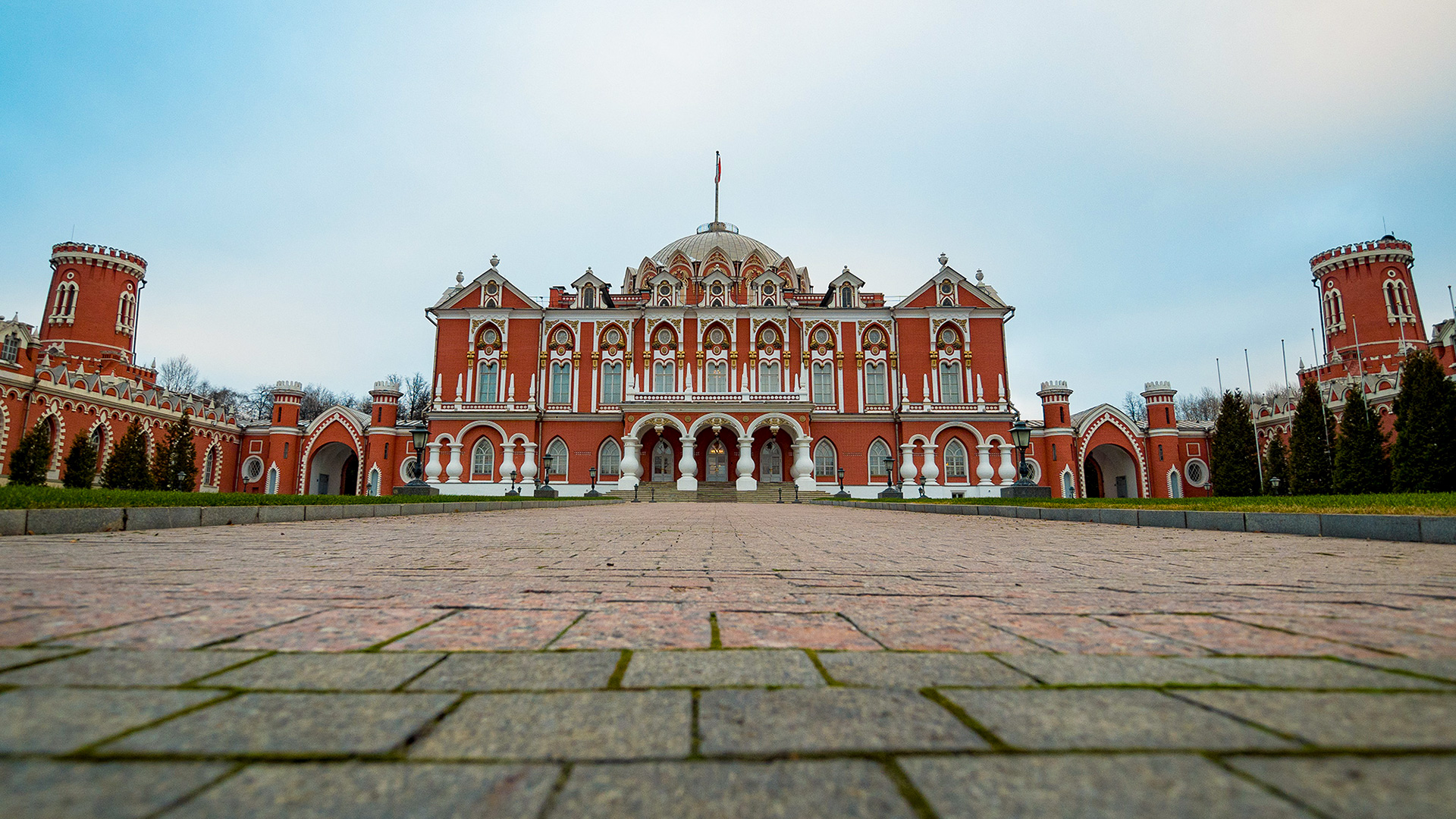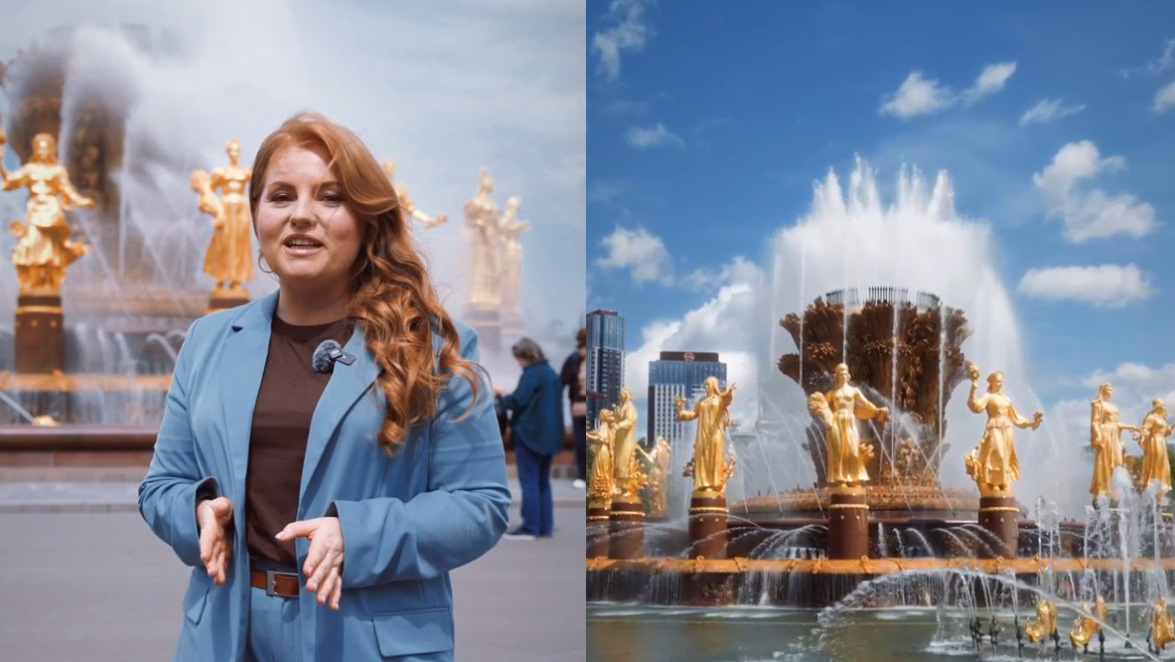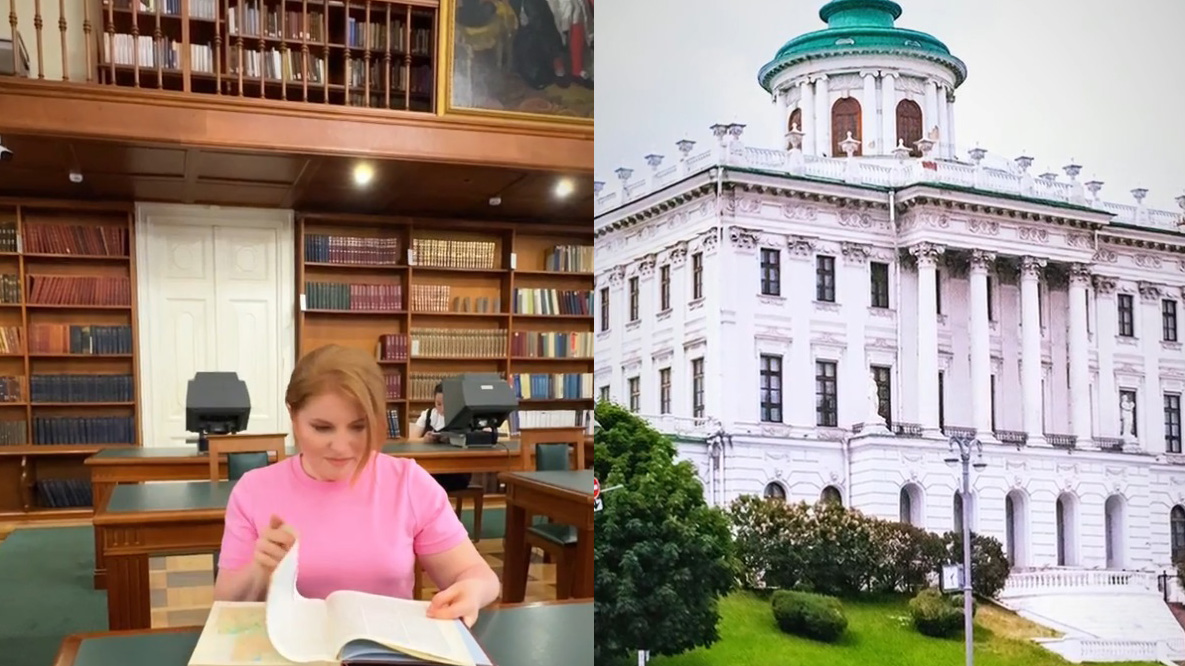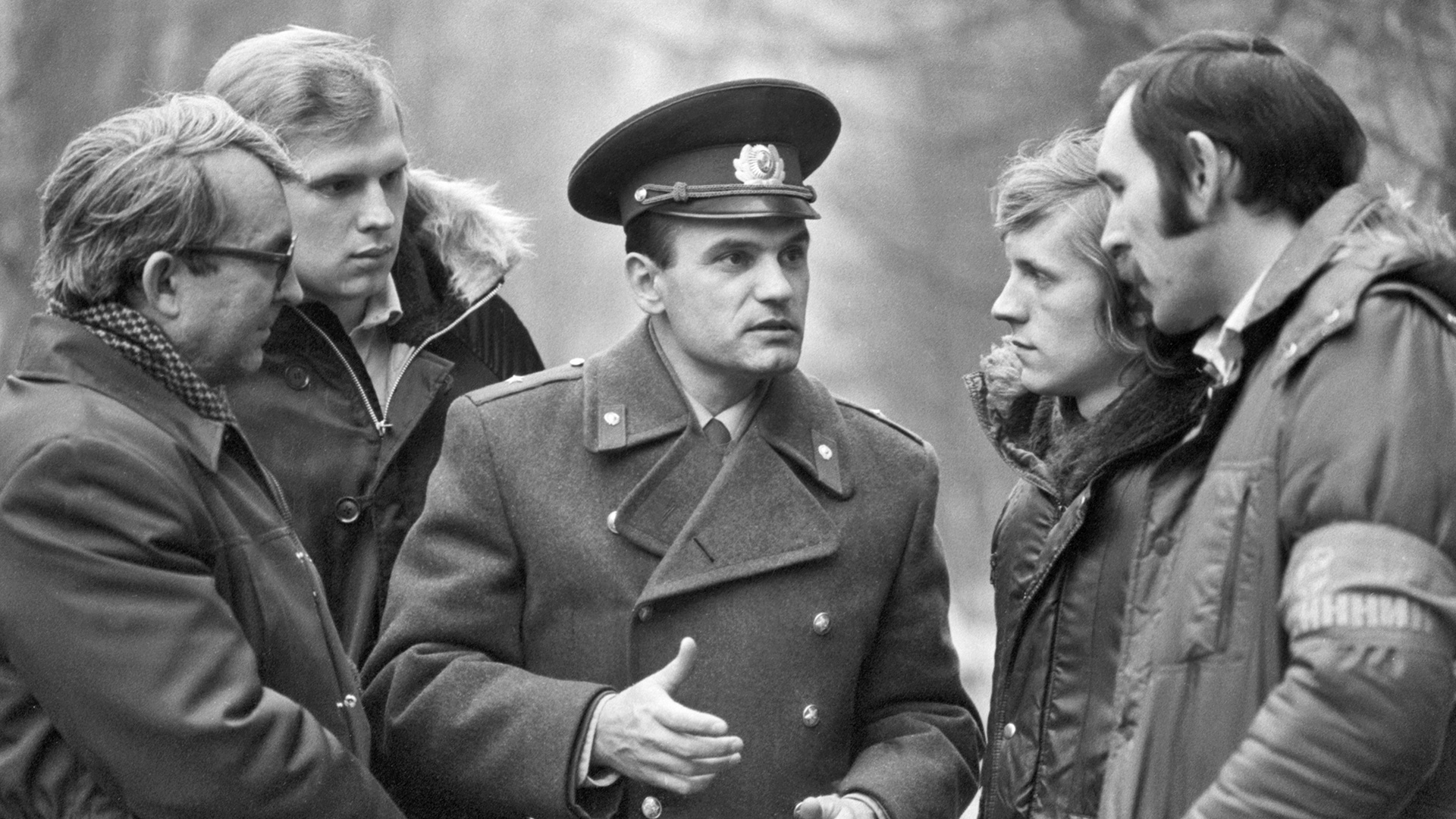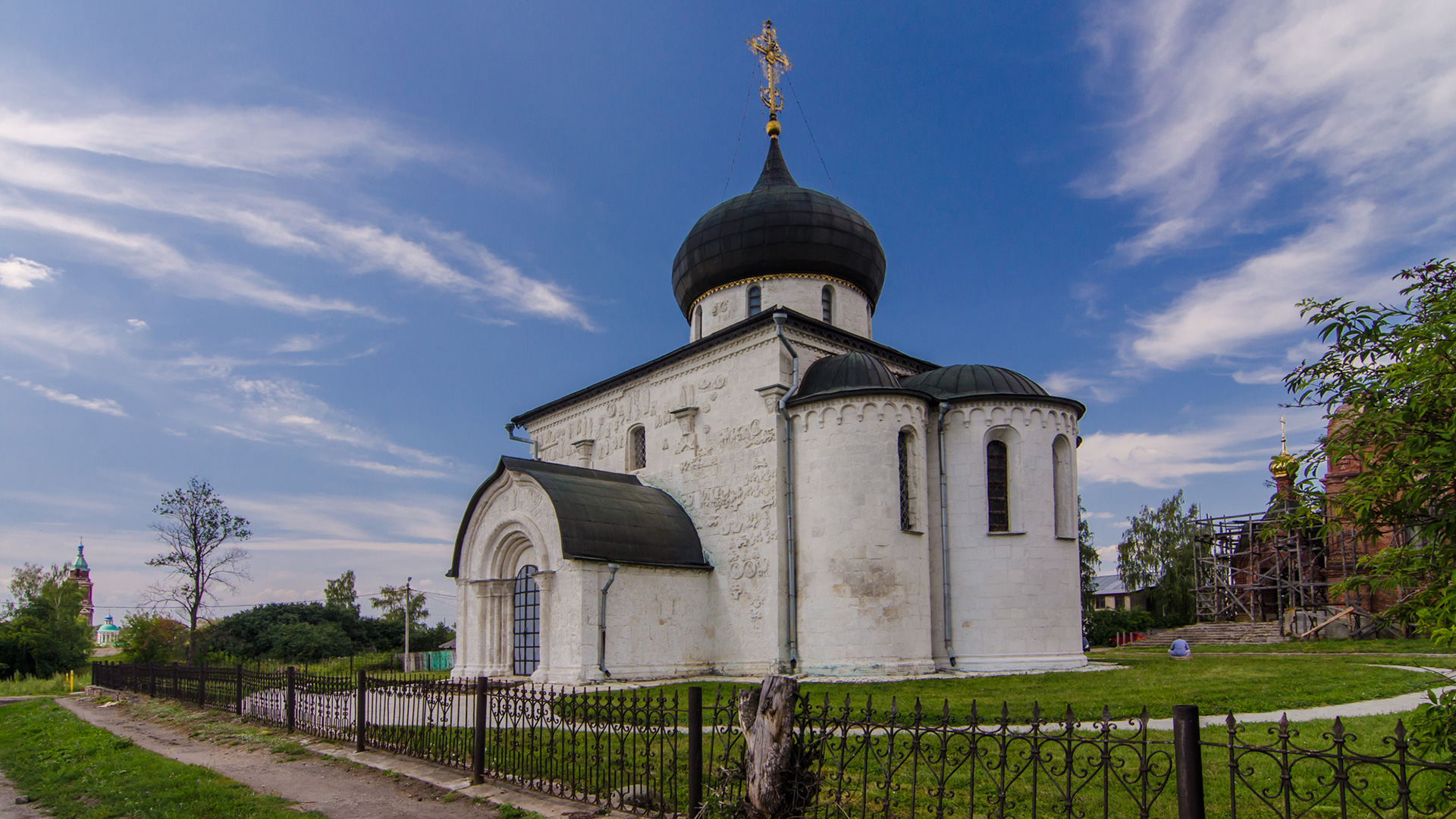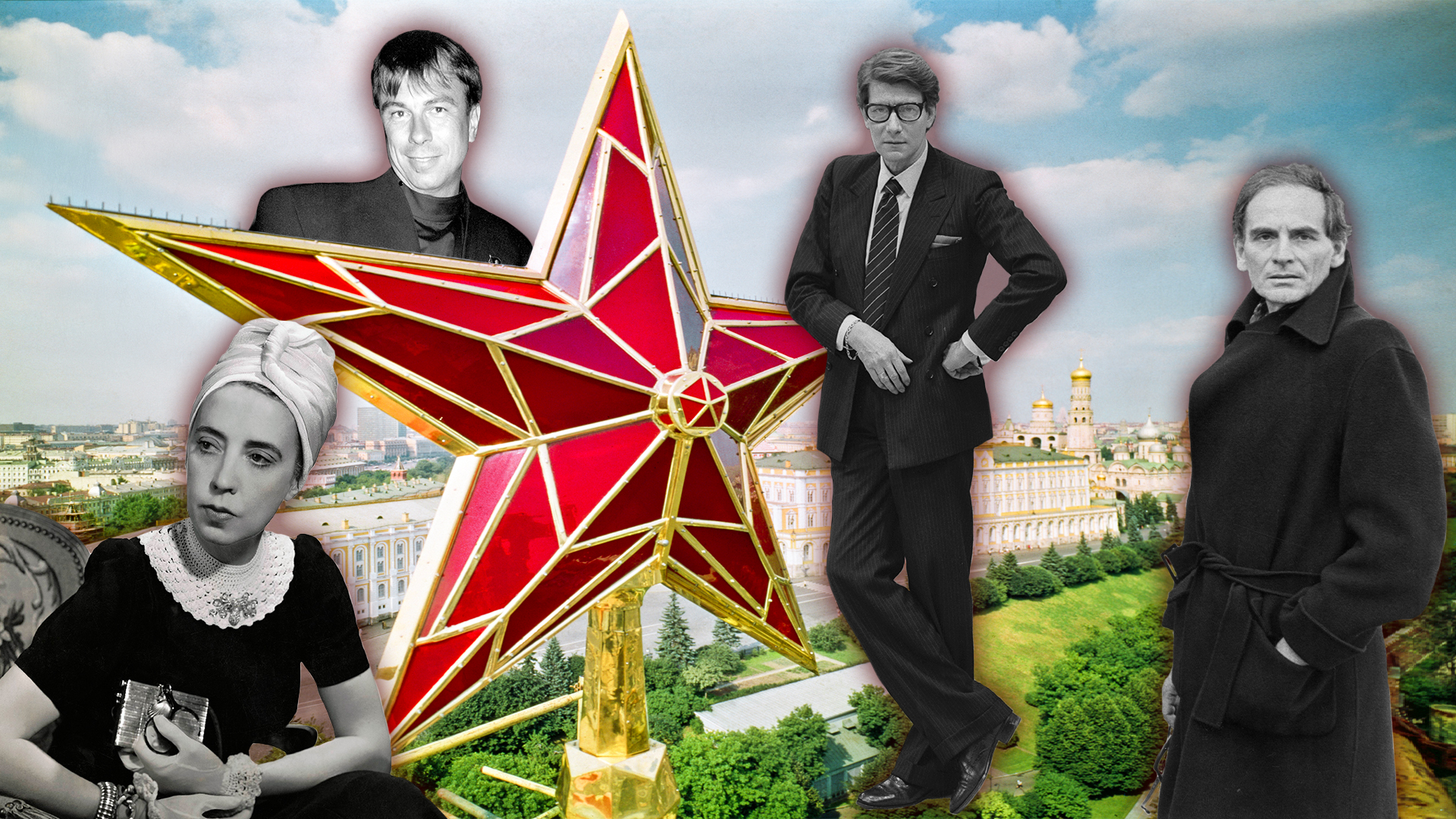
10 BEST examples of Art Deco style in Soviet architecture
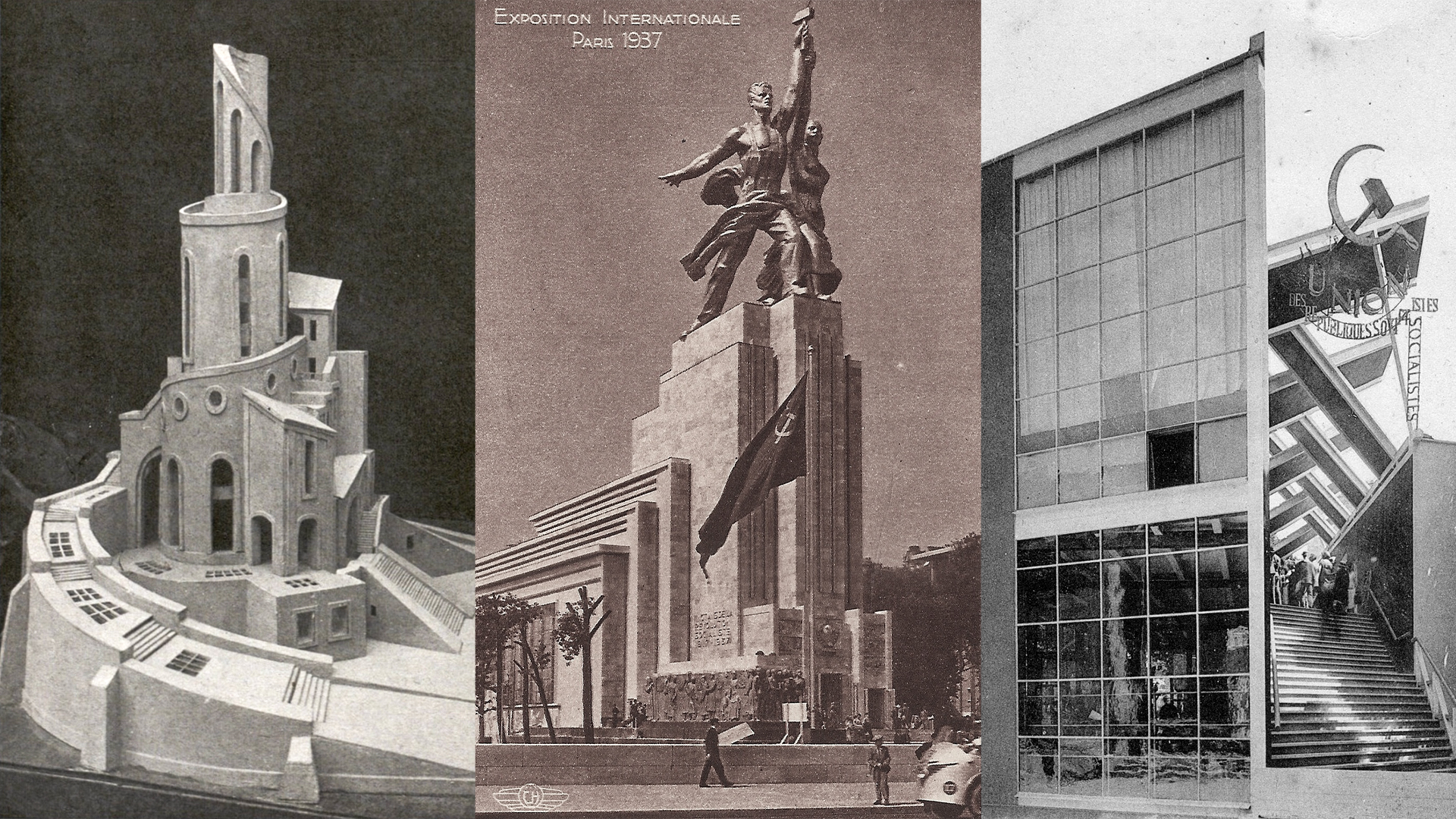
1. Russian State Library in Moscow

Architects Vladimir Shchuko and Vladimir Gelfreikh won the competition to design the new building for the Lenin Library in the late 1920s. Several other examples of Art Deco in Russia are associated with their names. The library’s building is characterized by its monumentalism and rather modest Neoclassical decor with reinforced concrete columns, a portico with bas-reliefs, as well as a group of sculptural compositions along the perimeter of the roof.
2. State Duma in Moscow
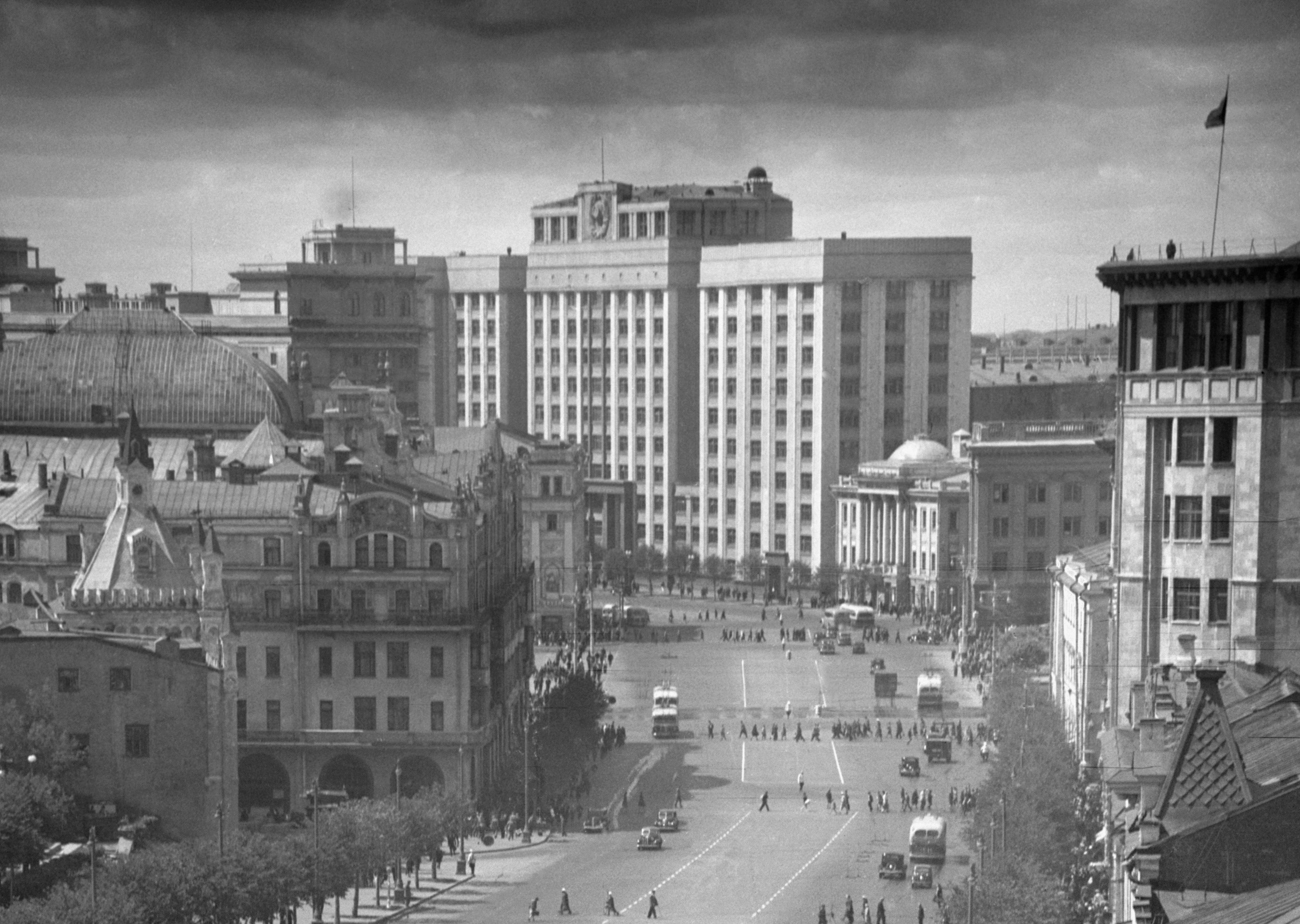
The project for this building, intended initially for the Council of Labor and Defense, was completed in the 1930s by Constructivist architect Arkady Langman. He was already known for building the Dynamo stadium, the largest in the country at that time.
The Duma’s gray limestone facade, laconic lines of the pilasters and an almost complete absence of decoration caused bewilderment among his fellow architects (they joked that one could turn the project upside down and build it like that – no one would notice the difference!), but it still looks modern today.
3. House on the Embankment in Moscow
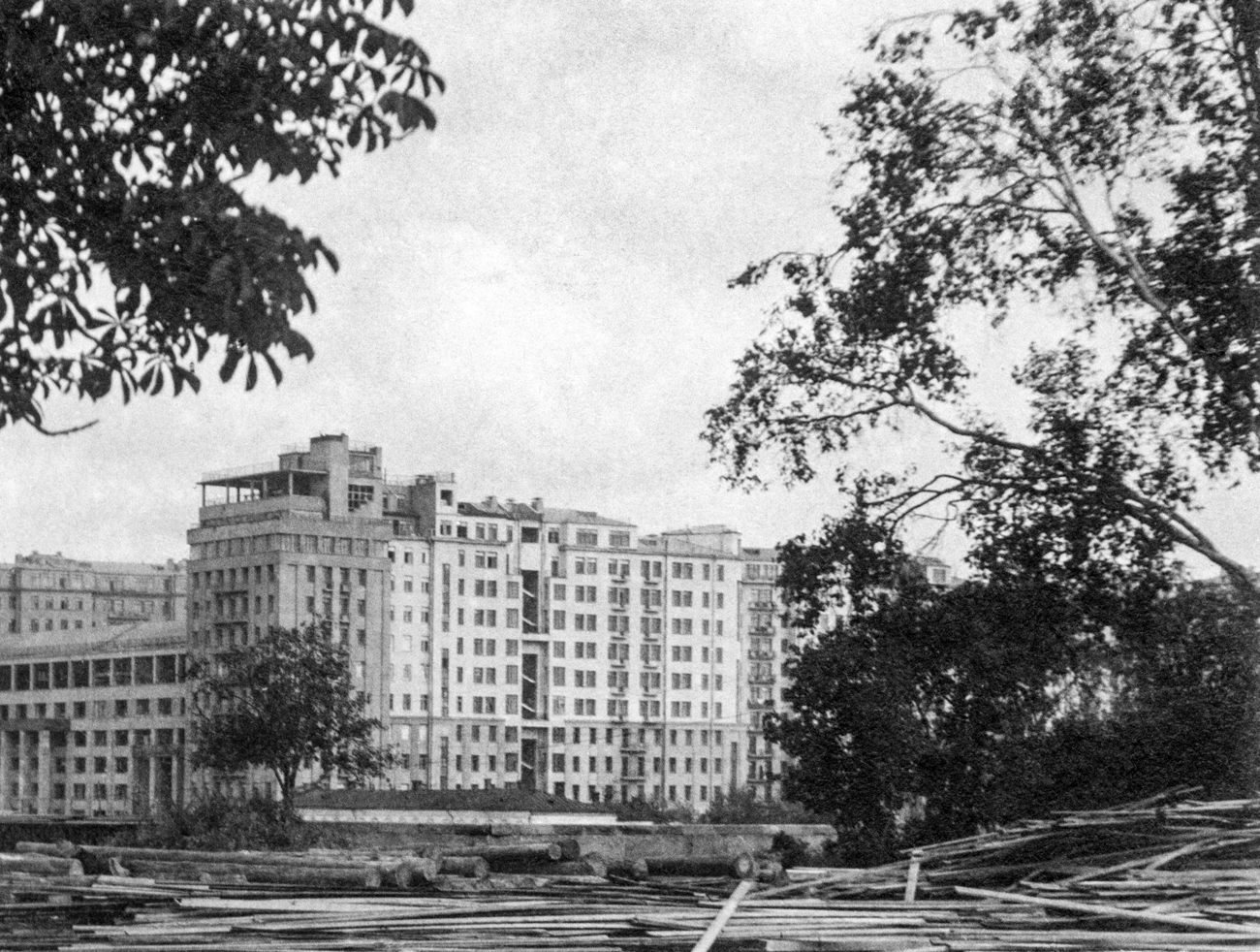
At the turn of the 1920s-1930s, architect Boris Iofan built this residential building for the Soviet elite. He had studied Art Deco architecture in the U.S. before. And although the building has features of late Constructivism, it has much more of the functionality inherent in the new style.
4. Stalin’s ‘Seven Sisters’ skyscrapers in Moscow
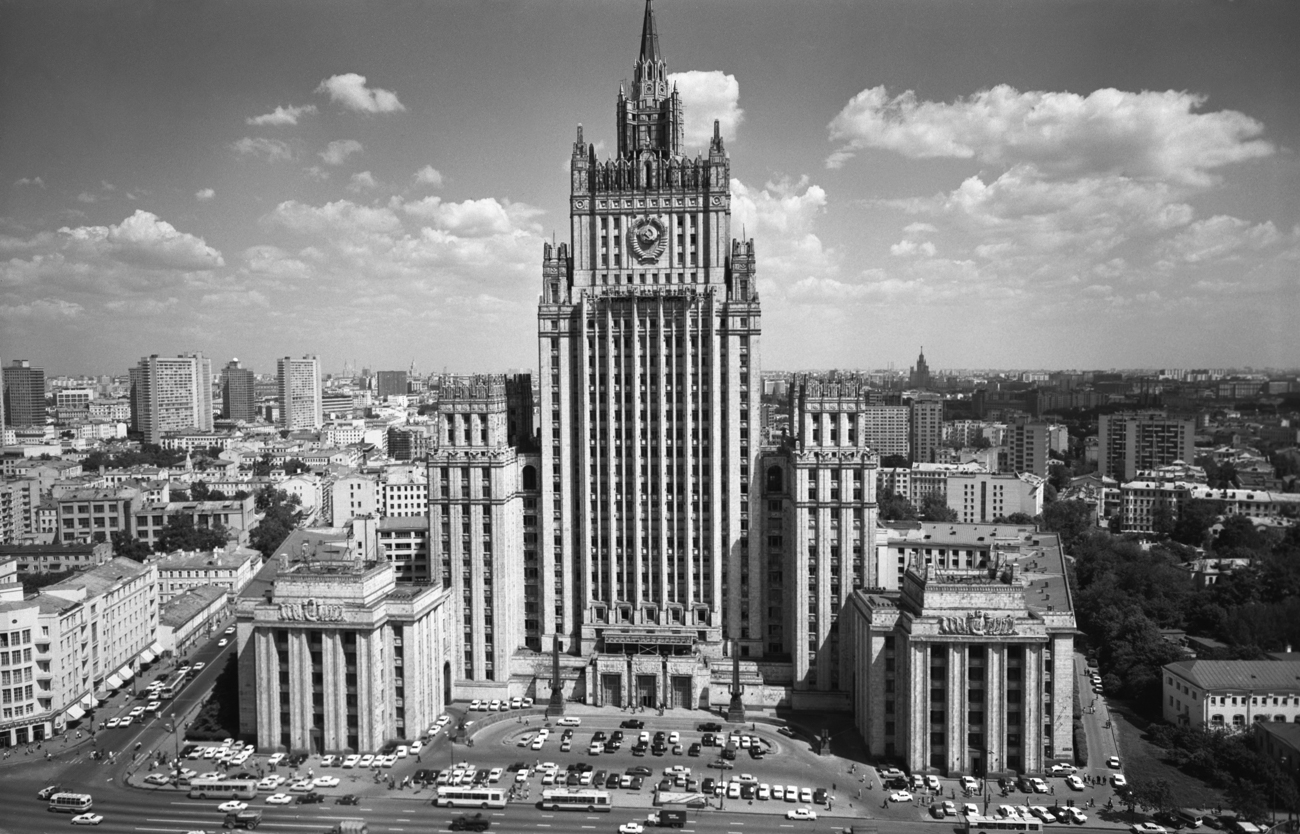
High-rise buildings constructed after World War II are usually attributed to Stalinist Empire style architecture. But, despite their different designs (with an overall appearance), they all bear the hallmarks of Art Deco. This is especially evident in the case of the Main Building of Moscow State University or the Ministry of Foreign Affairs building.
5. South Ural State University in Chelyabinsk
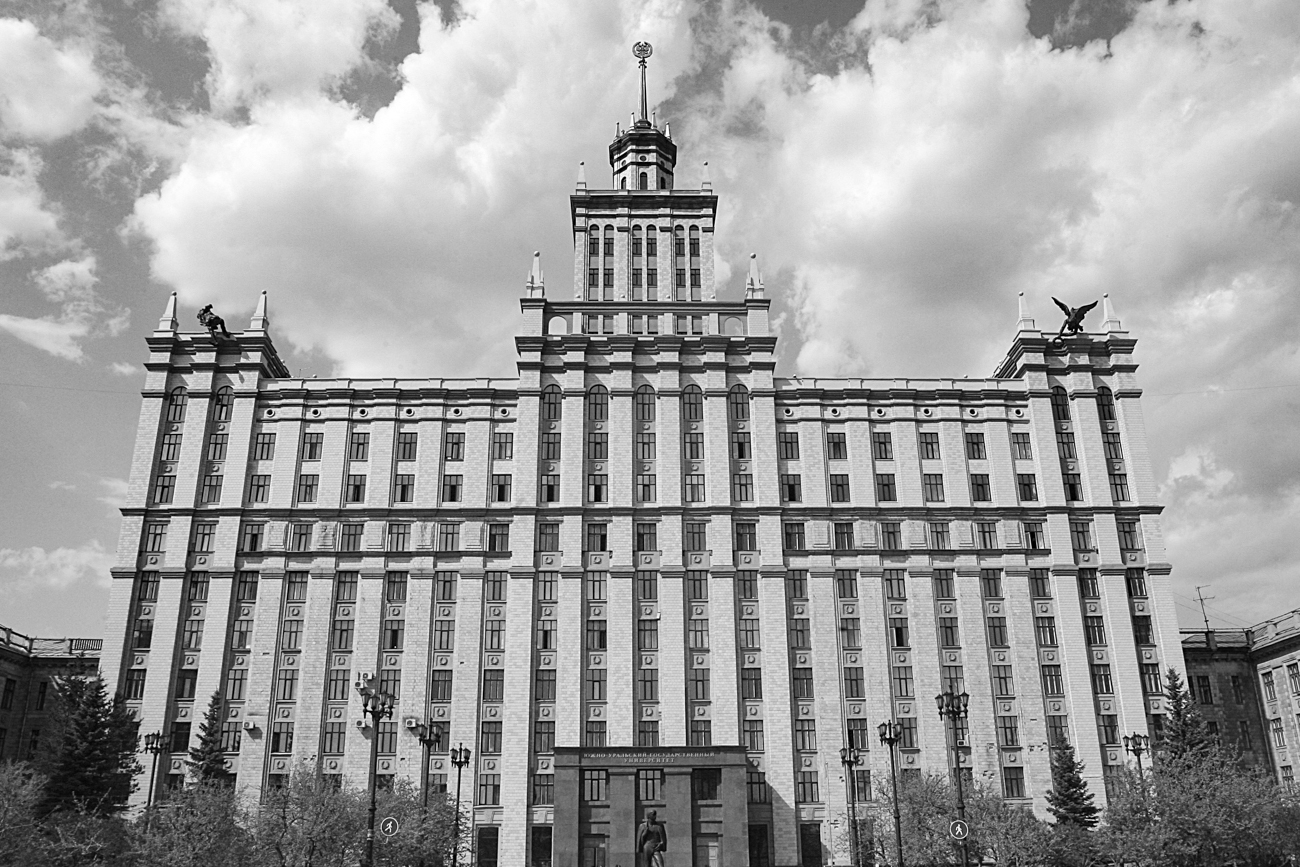
Following the example of Moscow State University, a building for the Chelyabinsk Polytechnic Institute was constructed in the same style in the 1950s. Due to Khrushchev's campaign against “architectural excesses”, superfluous decor was cut from the building project, resulting in a more laconic form, but still in the spirit of Art Deco.
6. 100-Flat Building in Novosibirsk
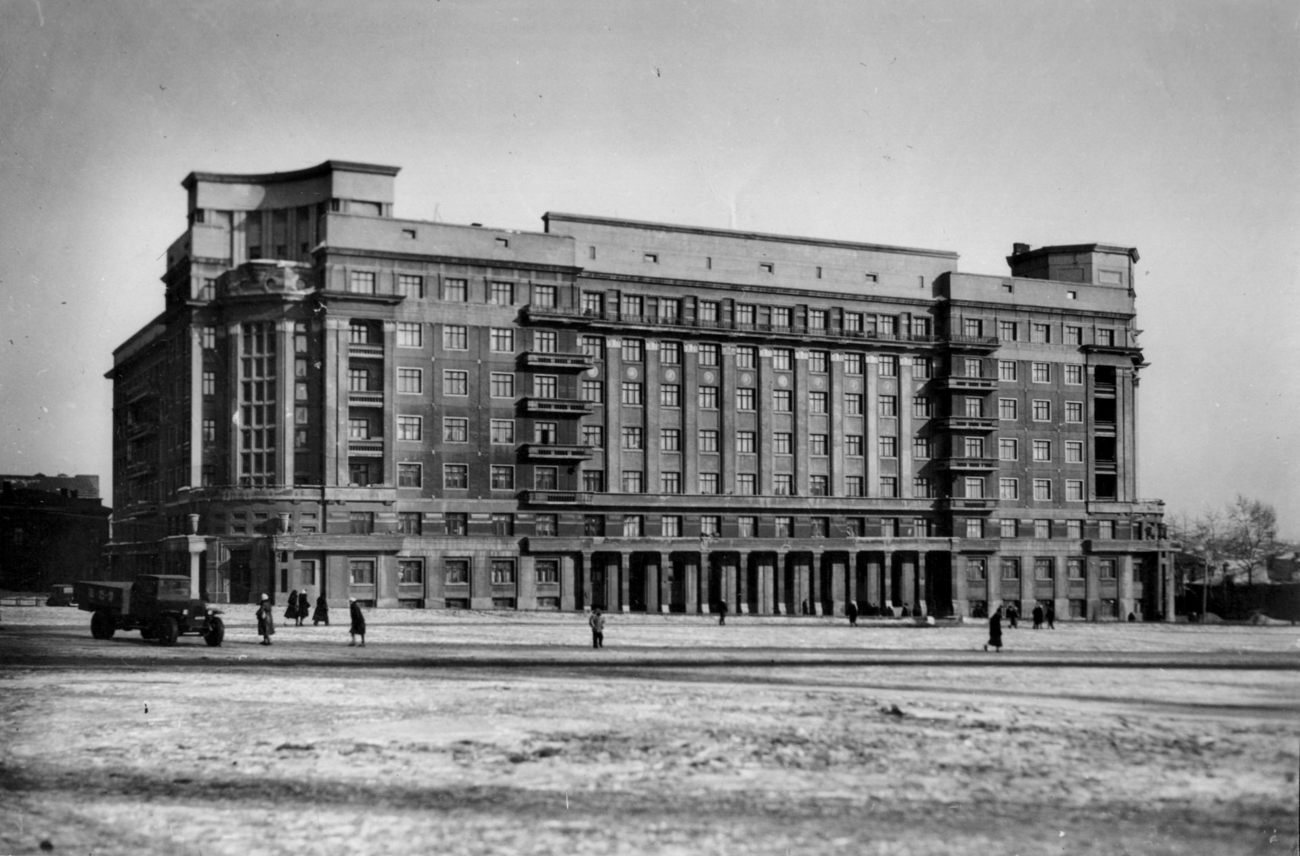
This residential house for senior party functionaries in Siberia was built by architects Vitaly Maslennikov and Andrey Kryachkov. It’s believed they were inspired by the works of French architect Auguste Perret and received the ‘Grand Prix’ for their project at the 1937 ‘International Exposition of Art and Technology in Modern Life’ in Paris.
7. USSR Pavilion at the 1937 ‘International Exposition of Art & Technology in Modern Life’ in Paris
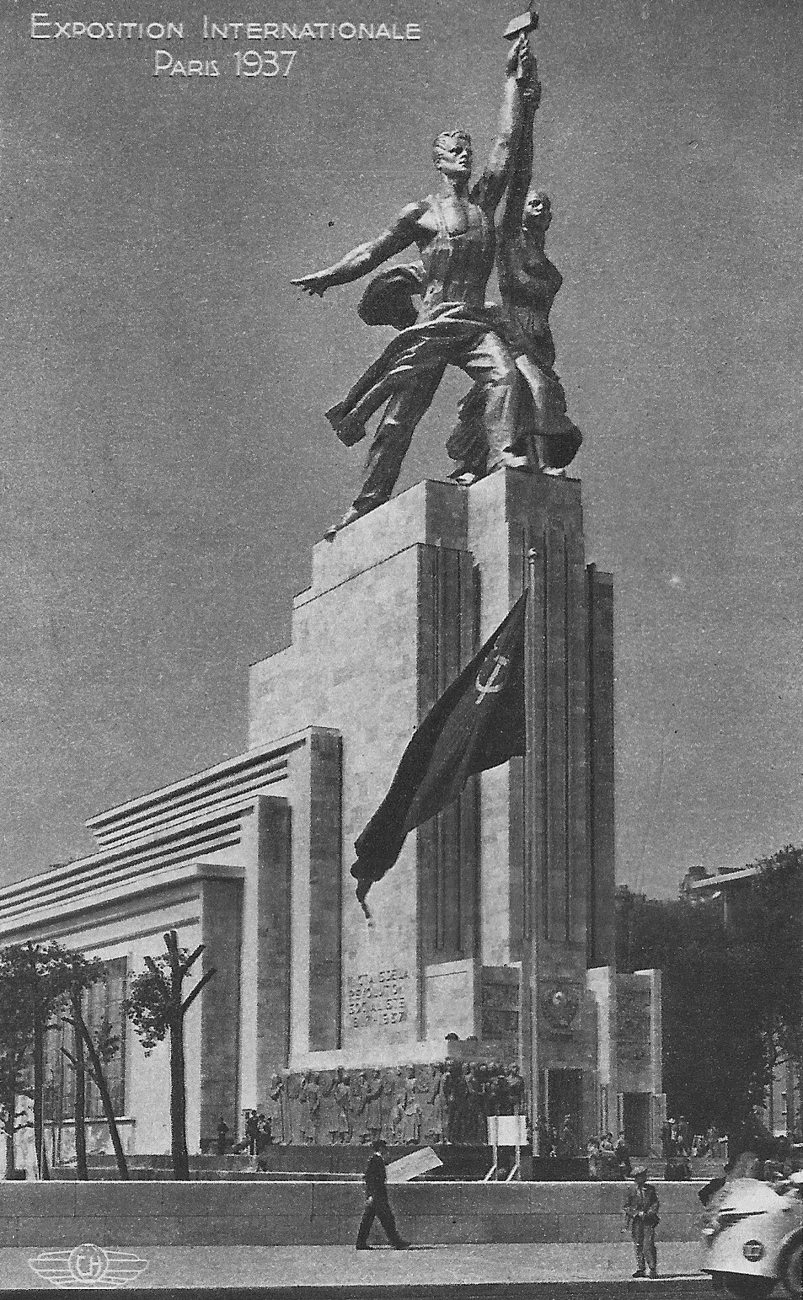
The main feature of the pavilion was the sculptural composition ‘Worker and Kolkhoz Woman’ by Vera Mukhina, while the architectural design was designed by Boris Iofan. A series of horizontal ledges looking like huge right-angled steps visually complemented the sculpture and created an imitation of a diagonal leading upward, which was very symbolic for the Soviet idea.
8. Moscow Metro’s first subway stations
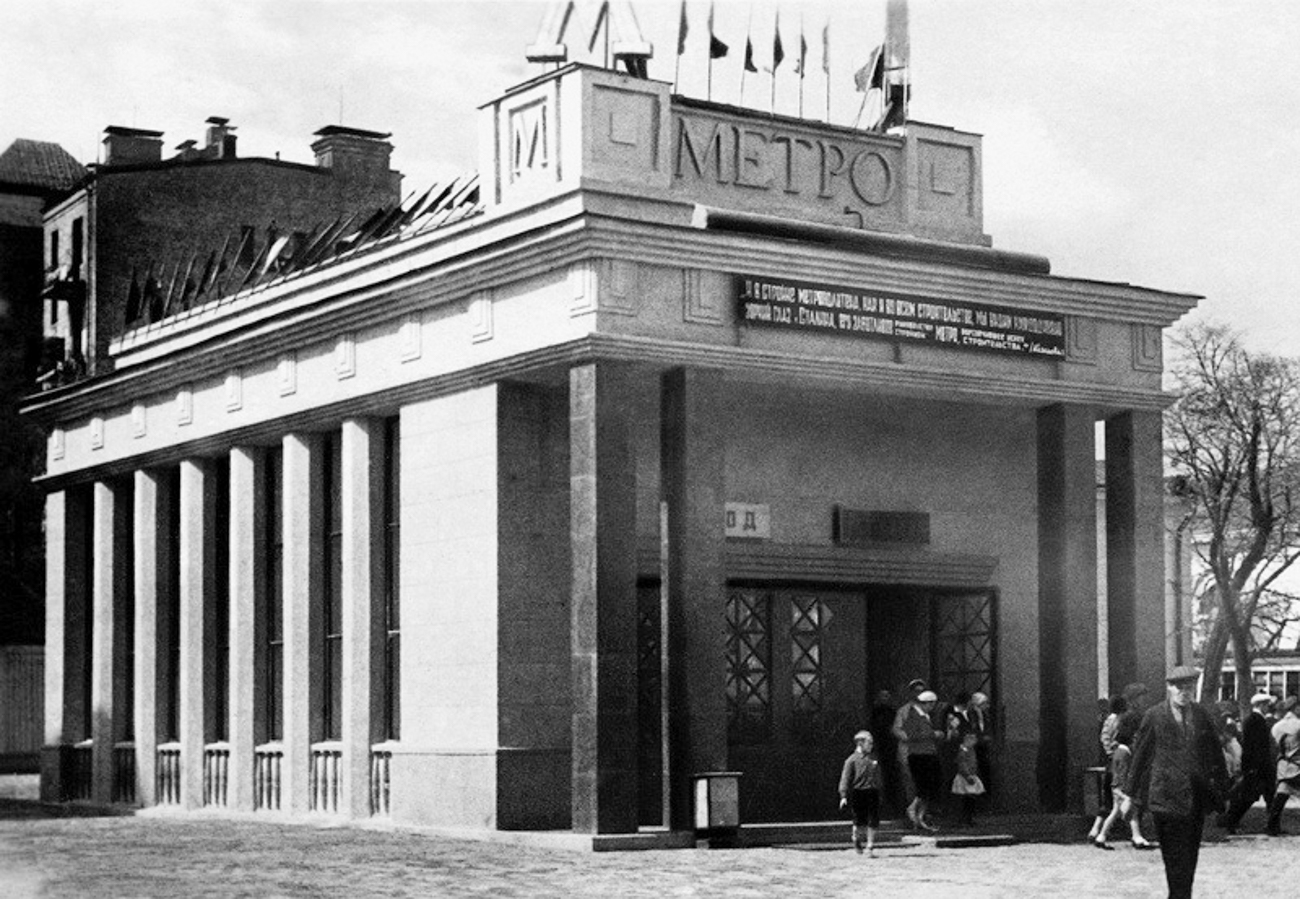
The first line of the capital's subway was opened in 1935 and the interior decor of most of the first stations had features of Art Deco with their marble columns and laconic forms. This is especially noticeable at ‘Park Kultury’, ‘Kropotkinskaya’ and ‘Sokolniki’ stations.
The elegant ‘Mayakovskaya’ station, designed in 1938 and awarded the ‘Grand Prix’ at the 1939 ‘New York World’s Fair’, with its steel arched vaults and marble cladding, is considered one of the brightest examples of Art Deco.
9. House of Soviets in St. Petersburg
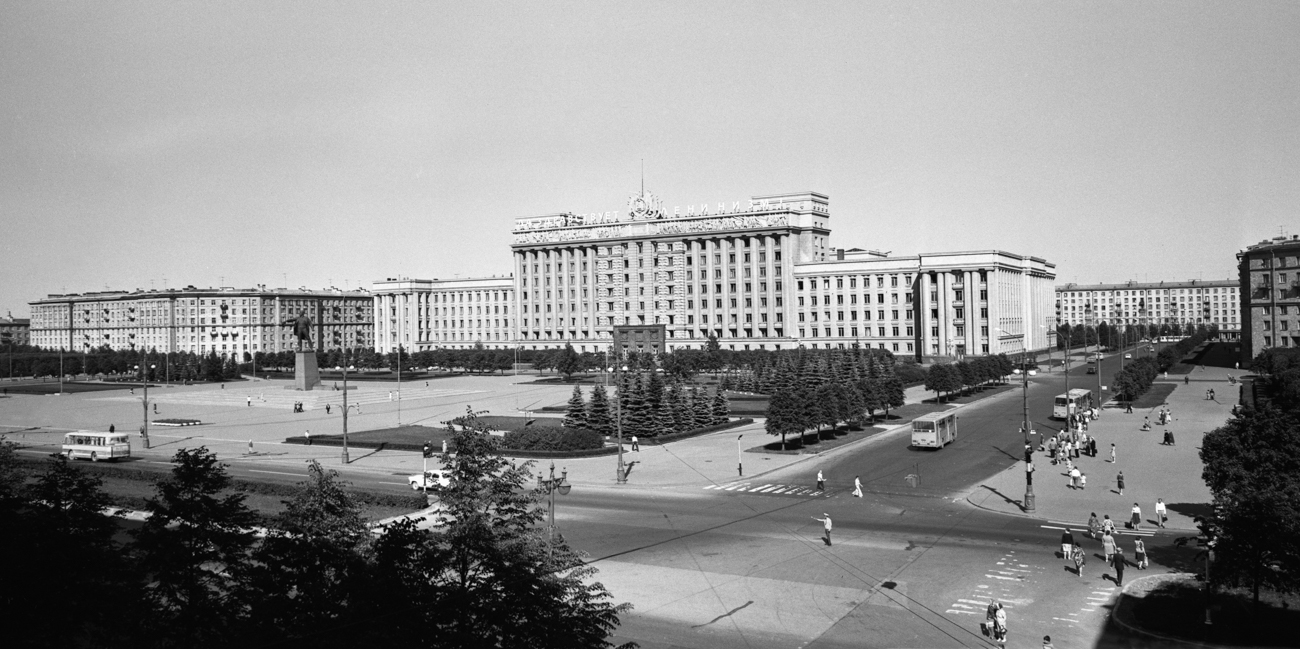
Today, this building houses a business center, but, in Soviet times, it hosted the administration of Leningrad. The eclectic style of the House of Soviets already shows elements of the lavish decor characteristic of Stalinist Empire style (although this style is more often attributed to post-war buildings). The building was constructed by a group of architects under the direction of Noi Trotsky, who had previously designed residential buildings on new city avenues in the spirit of Neoclassicism.
10. Samara Academic Opera & Ballet Theatre named after D. D. Shostakovich
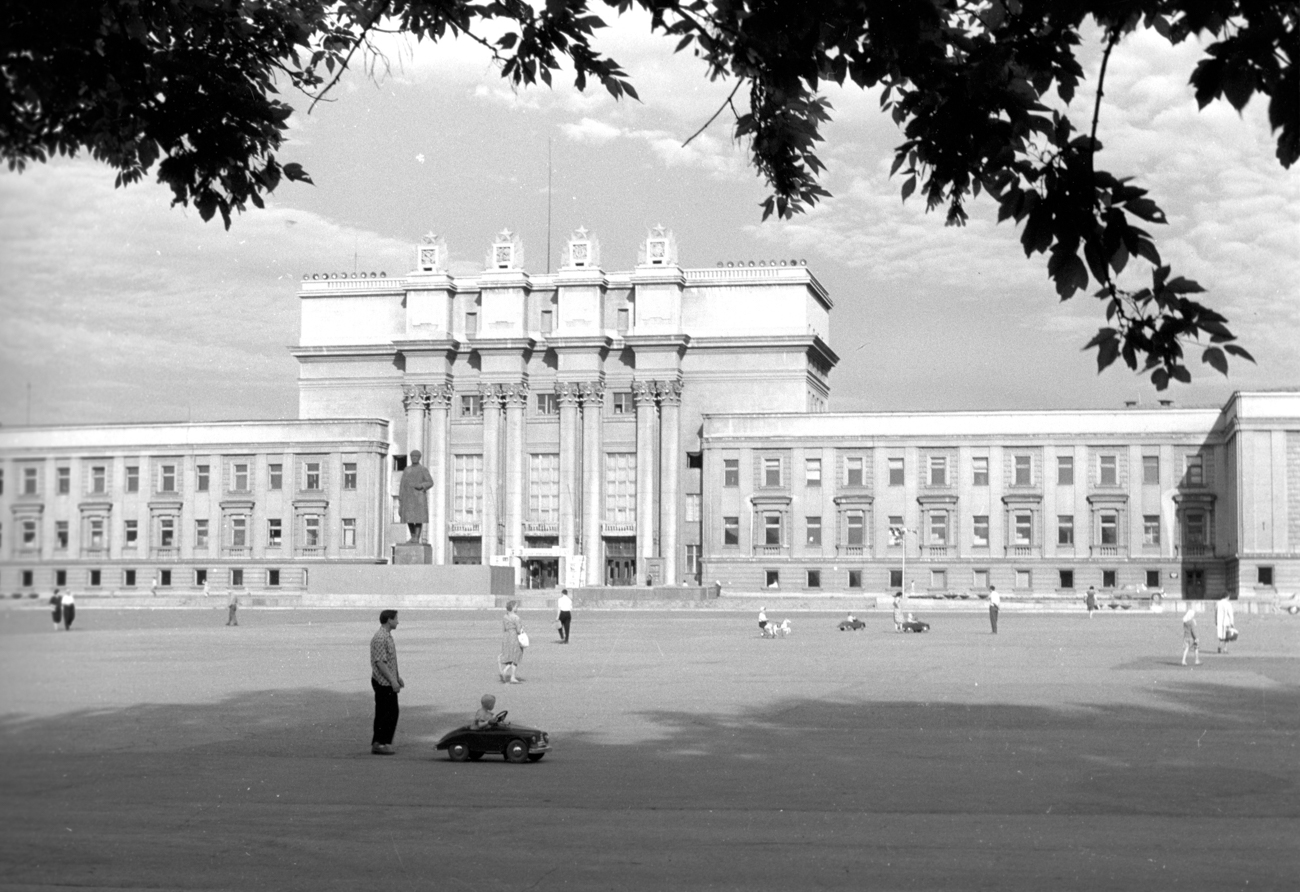
Another work by architect Noi Trotsky, known for St. Petersburg’s ‘House of Soviets’. This building doesn’t impress with its scale and height, yet the laconicism of its gray forms, columns and pilasters recalls the now-familiar style. The emphasis is placed on the central portico with significantly lower side wings.



